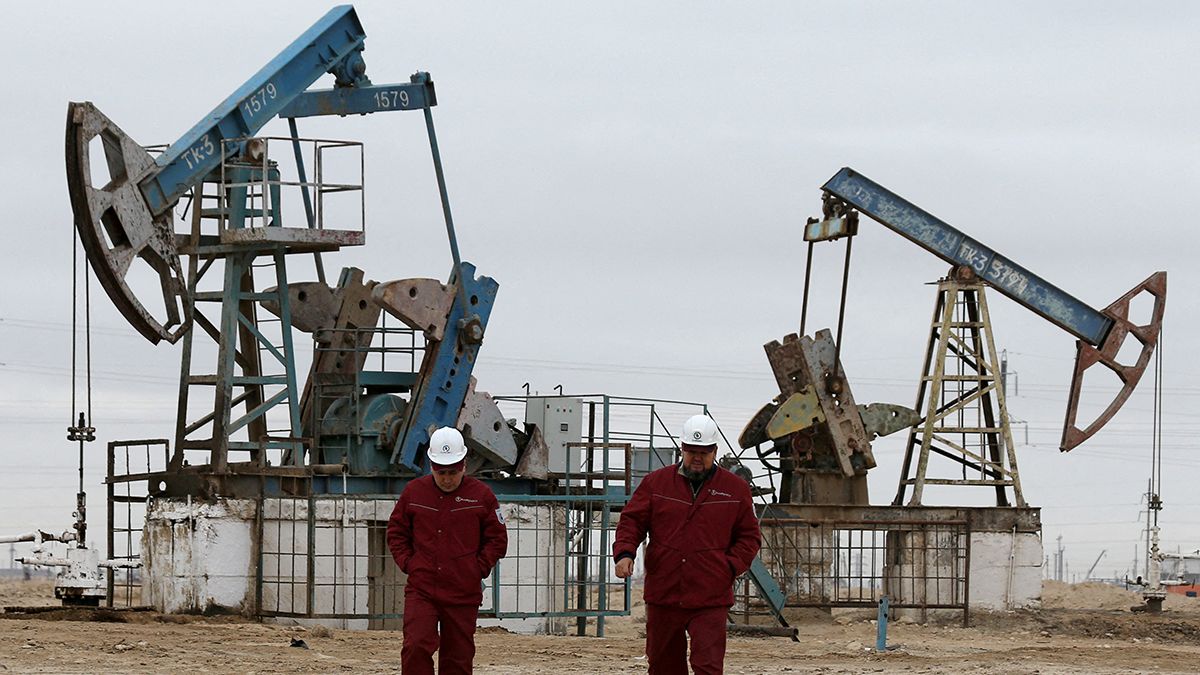Investors are digesting the US Federal Reserve’s decision not to cut interest rates until the end of the year.
The prices of Petroleum fell on Thursday, as investors took in that the Federal Reserve The cut in interest rates was probably postponed until December, while crude and fuel reserves in the United States rose.
The content you want to access is exclusive to subscribers.
In the early morning, Brent futures were down 60 cents, or 0.7%, at $82 a barrel, while U.S. West Texas Intermediate (WTI) futures were down 68 cents, or 0.9%, at $77.82. Both benchmarks gained almost 1% in the previous session.


While the United States Federal Reserve It kept rates stable and postponed the start of monetary policy easing until December. “In the opinion of the Fed, “This is the price that must be paid to achieve a soft landing and avoid recession without a doubt,” he said. Tamas Varga, PVM Oil analyst.
In that sense, higher borrowing costs tend to slow economic growth and, by extension, can limit oil demand.
Supply increases
On the supply side, U.S. crude stocks rose more than expected last week, driven largely by a rise in imports, while fuel inventories also rose more than expected, the report showed. Wednesday data from the Energy Information Administration (EIA).
In addition, a bearish report from the International Energy Agency (IEA) which warned of an oversupply in the near future. The IEA expects a “significant surplus” in the markets of Petroleum by 2030, due to a slowdown in demand growth and increased global production, according to an annual report published this Wednesday.
Operators are also keeping an eye on ongoing ceasefire talks in Gaza and attacks by Yemen’s Houthi militants on shipping in the Red Sea.
Source: Ambito




